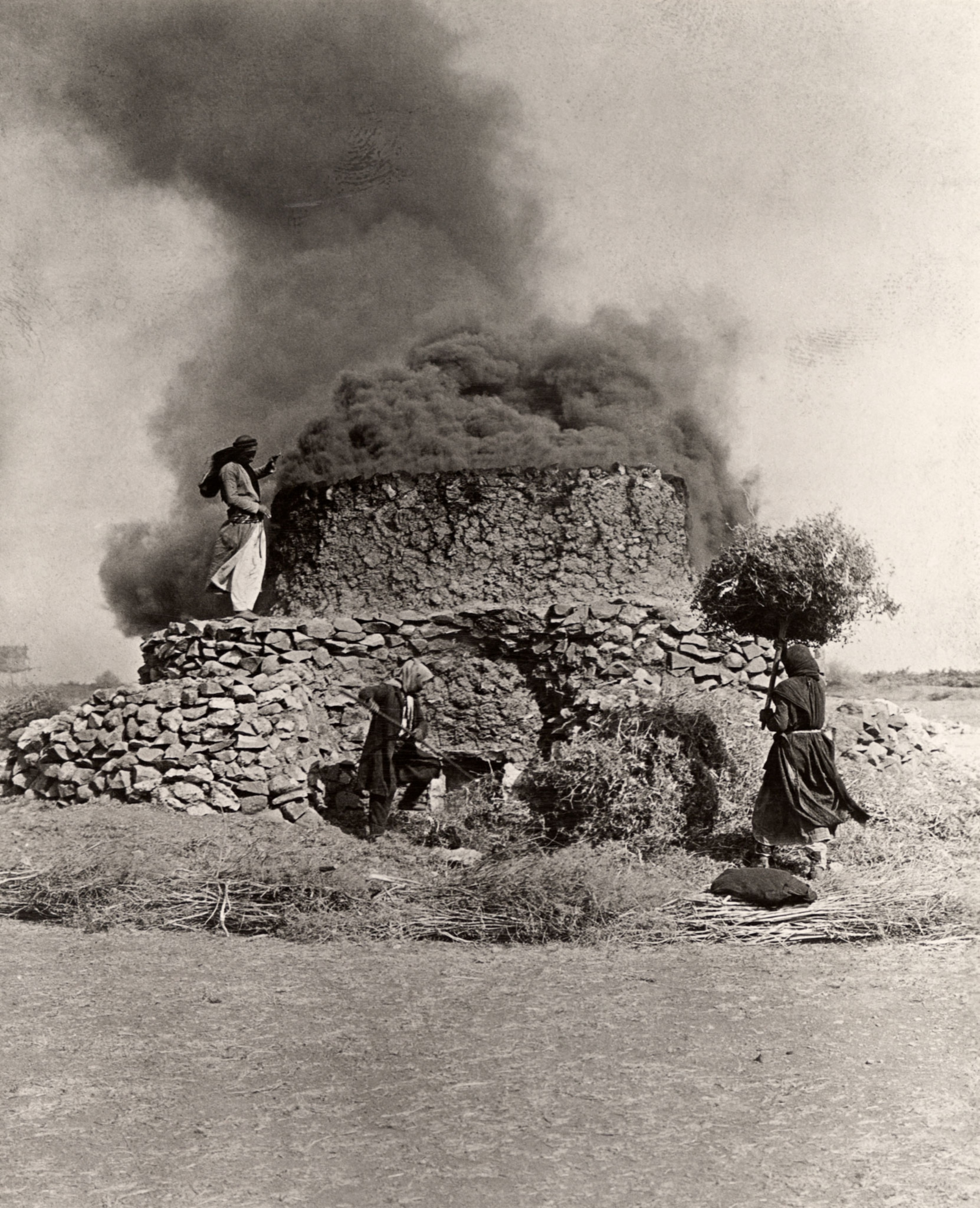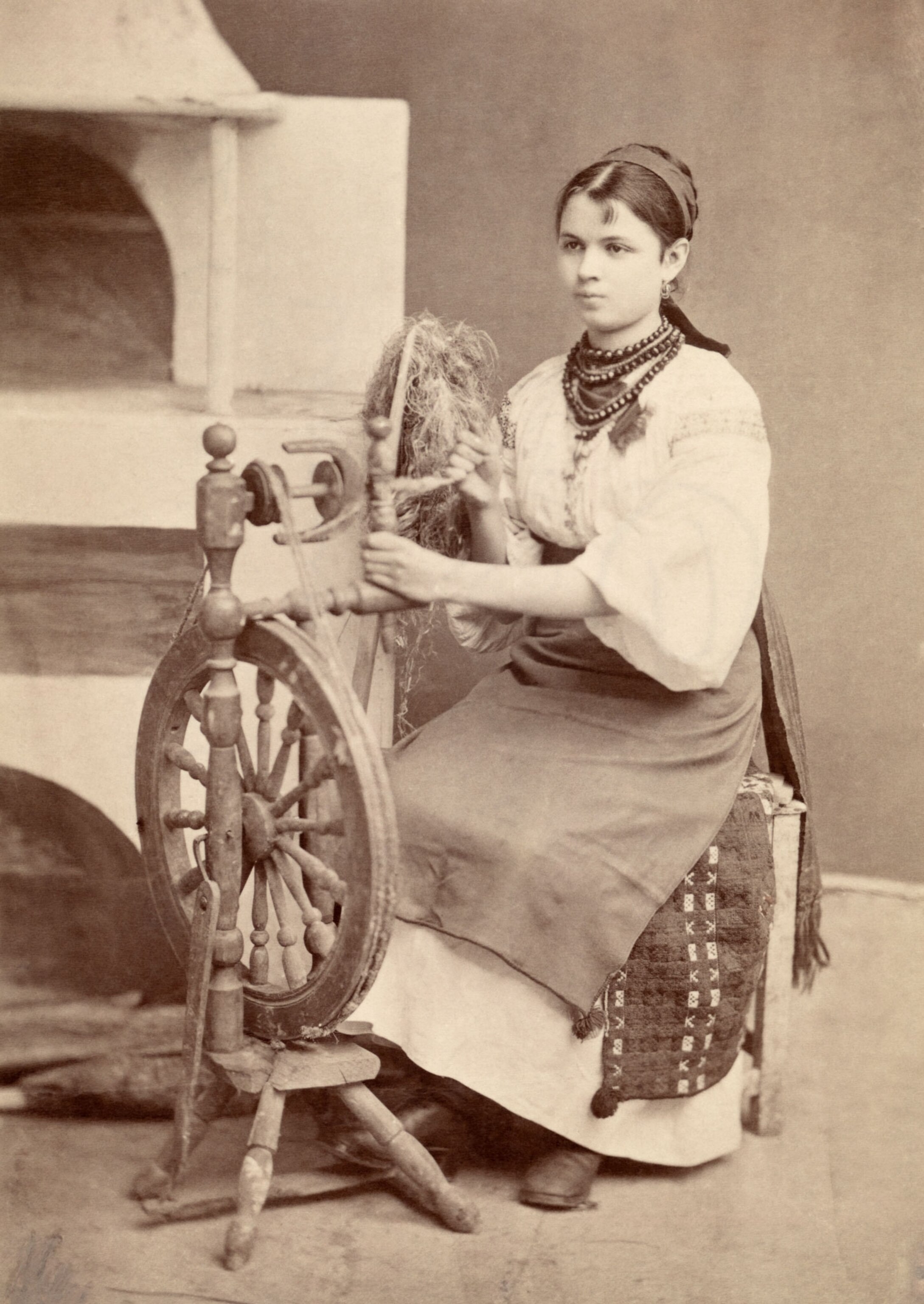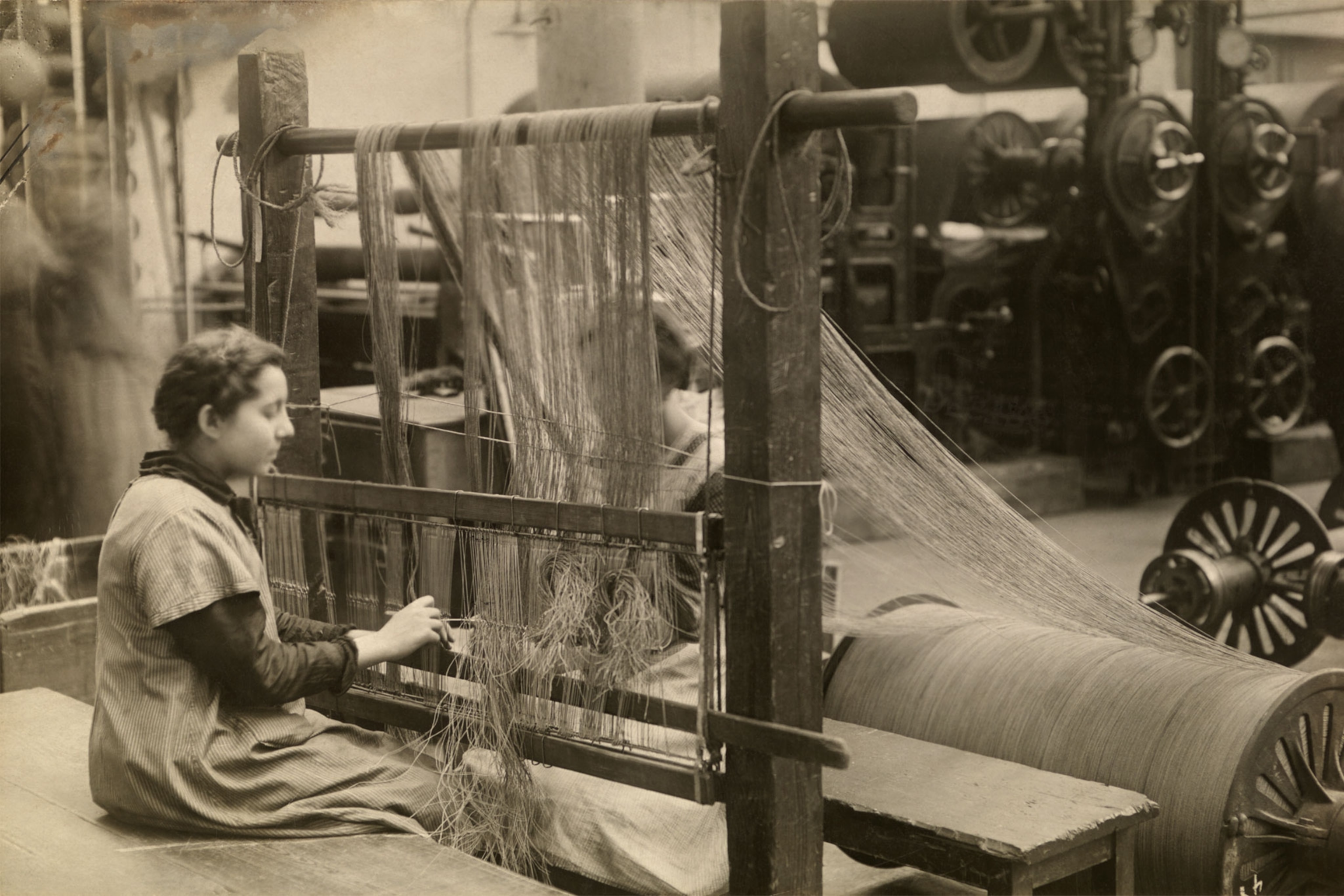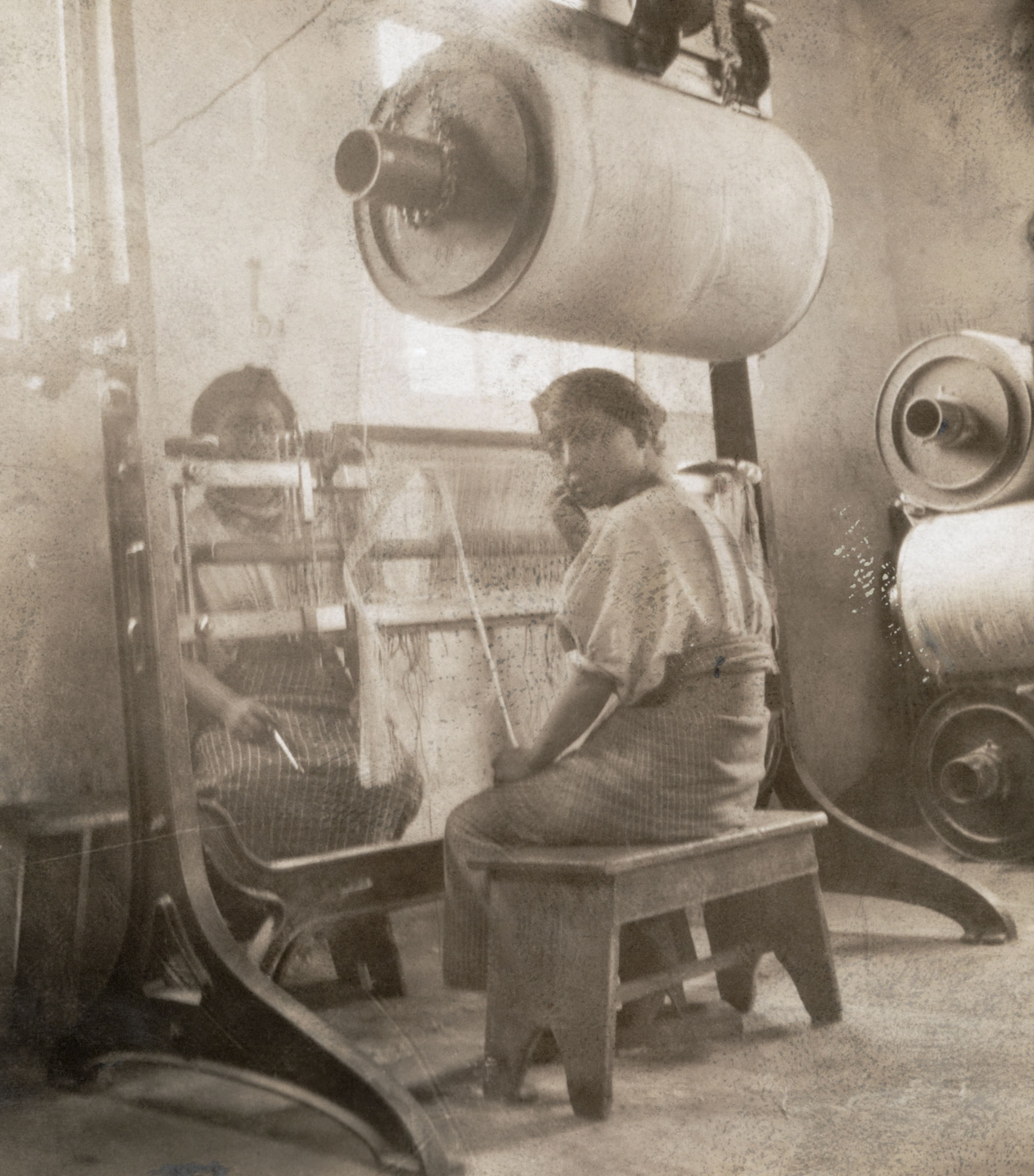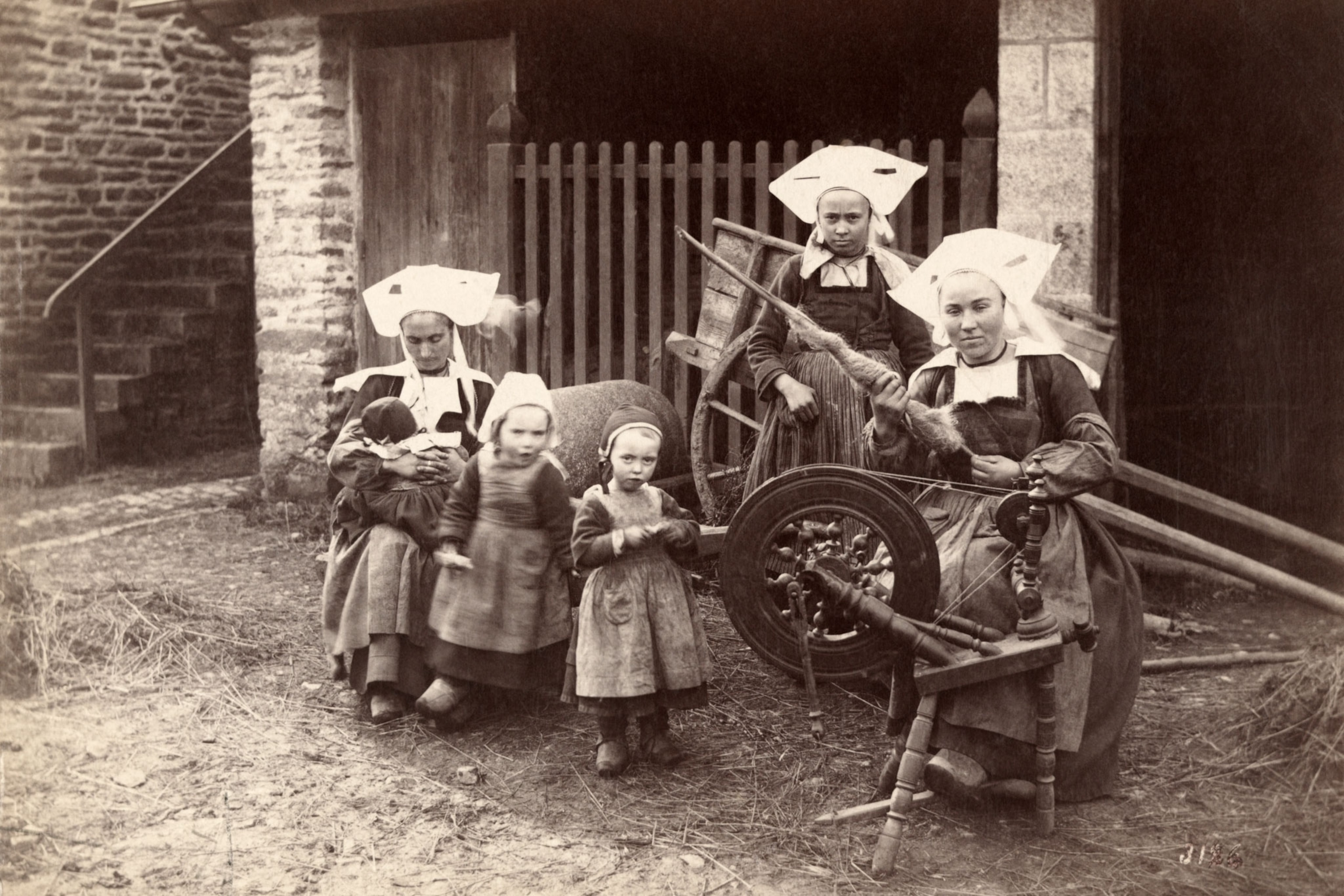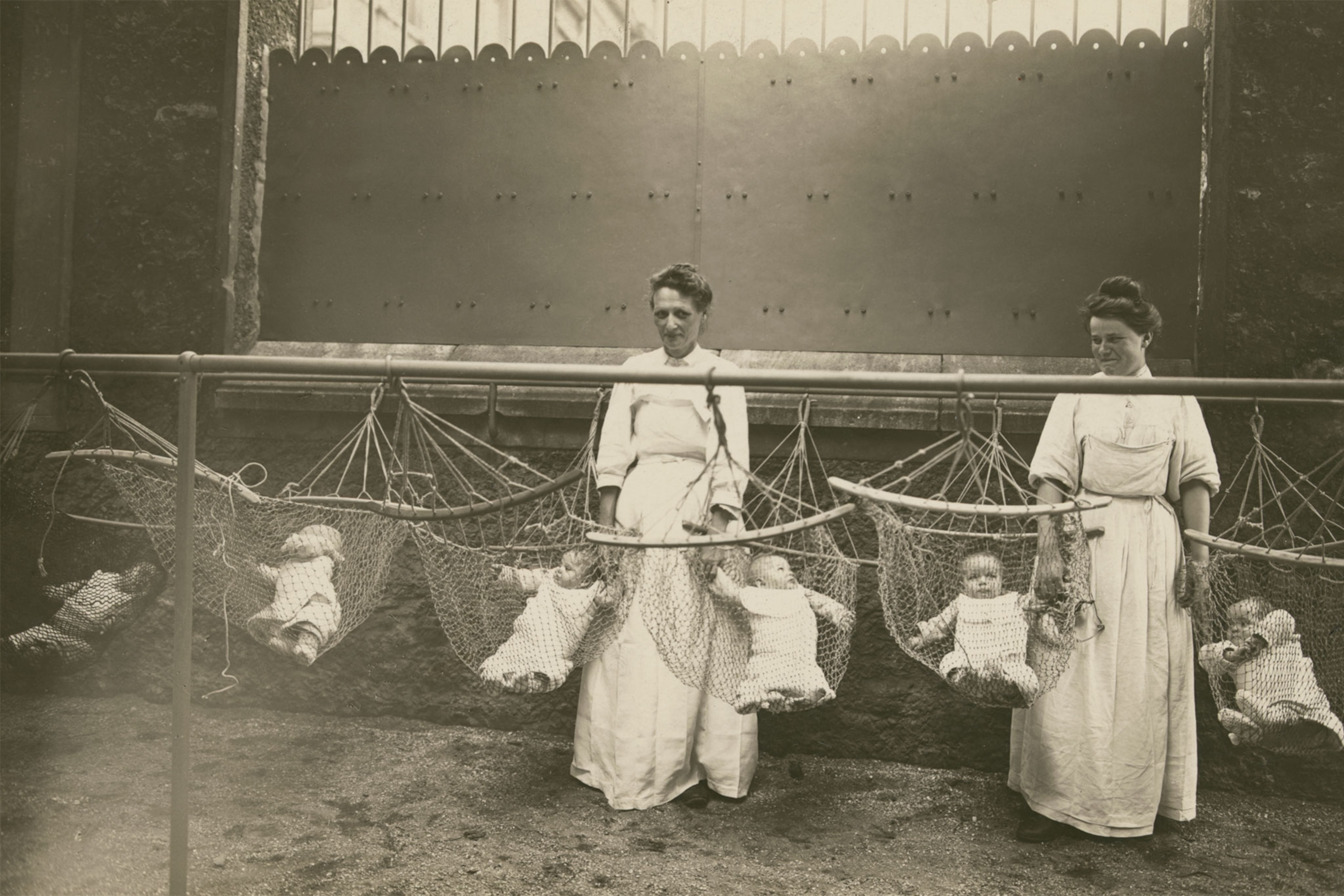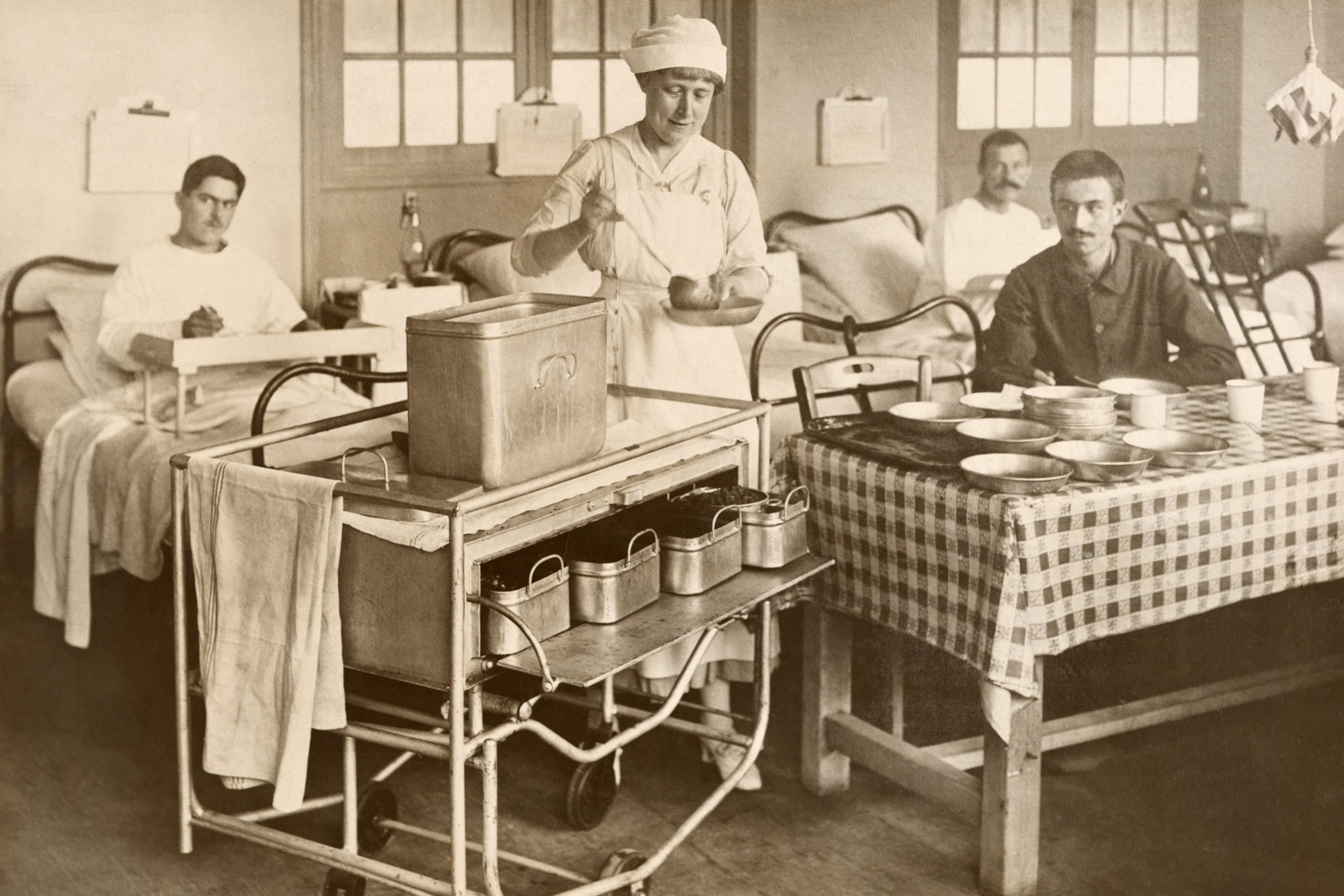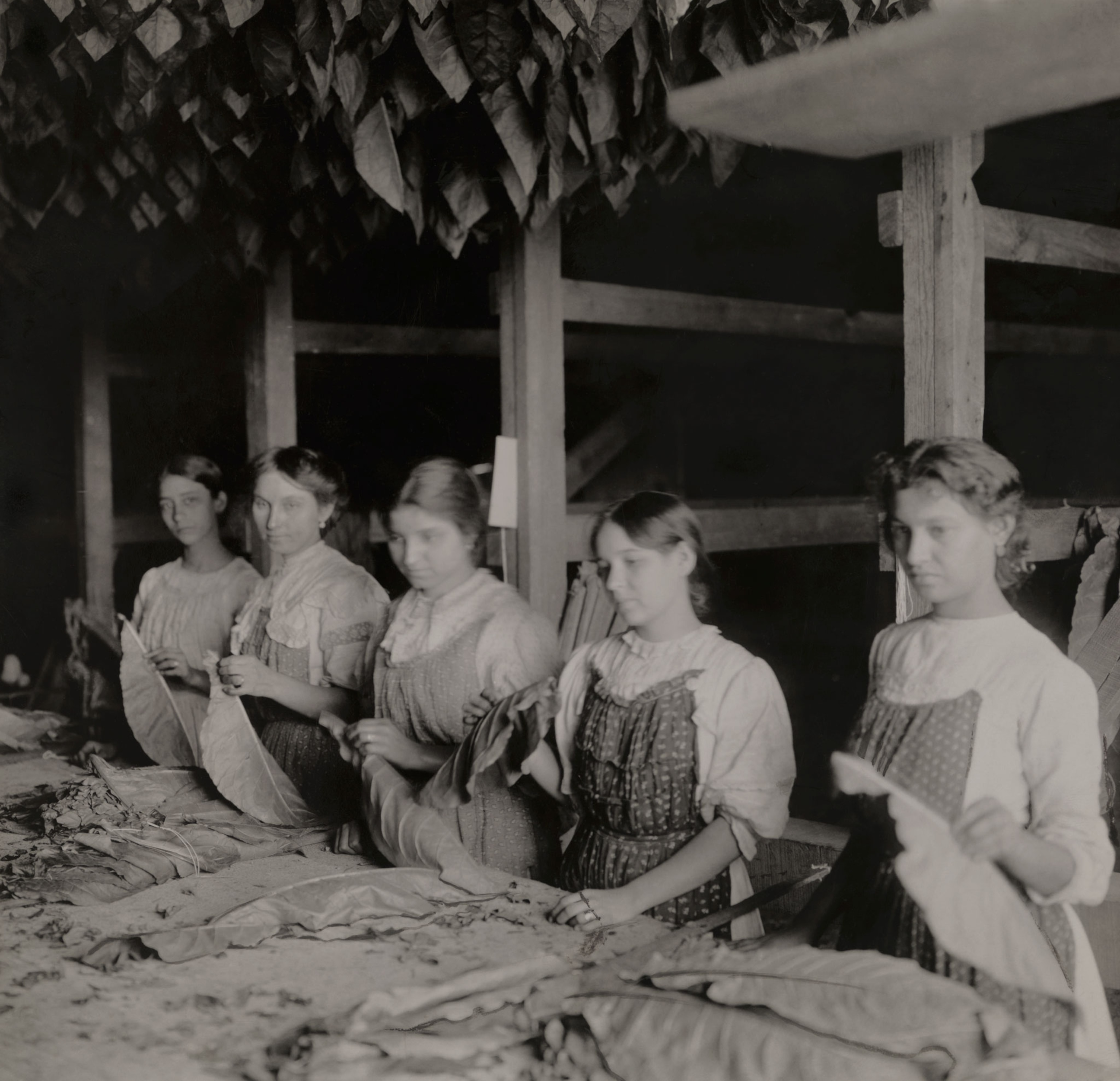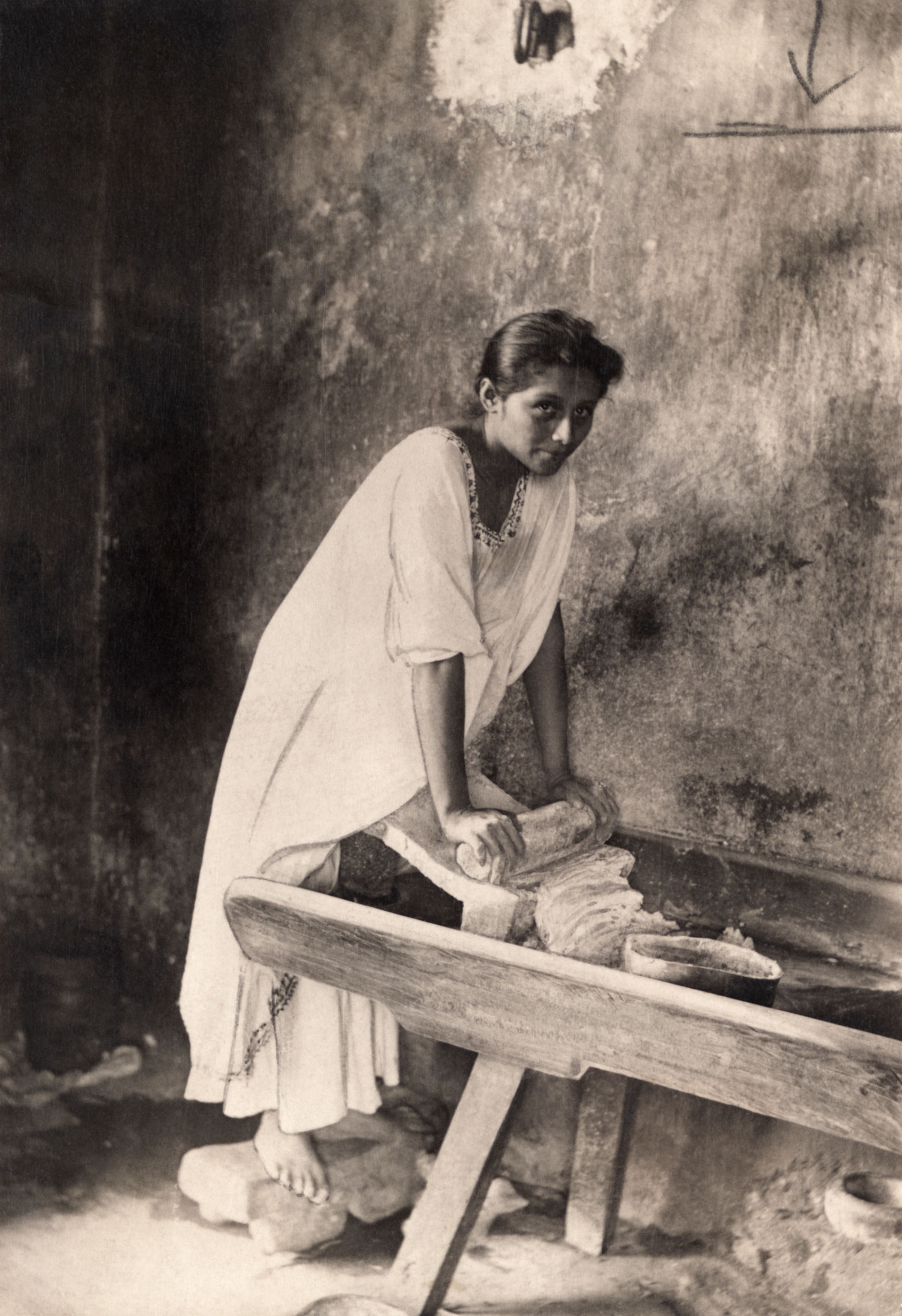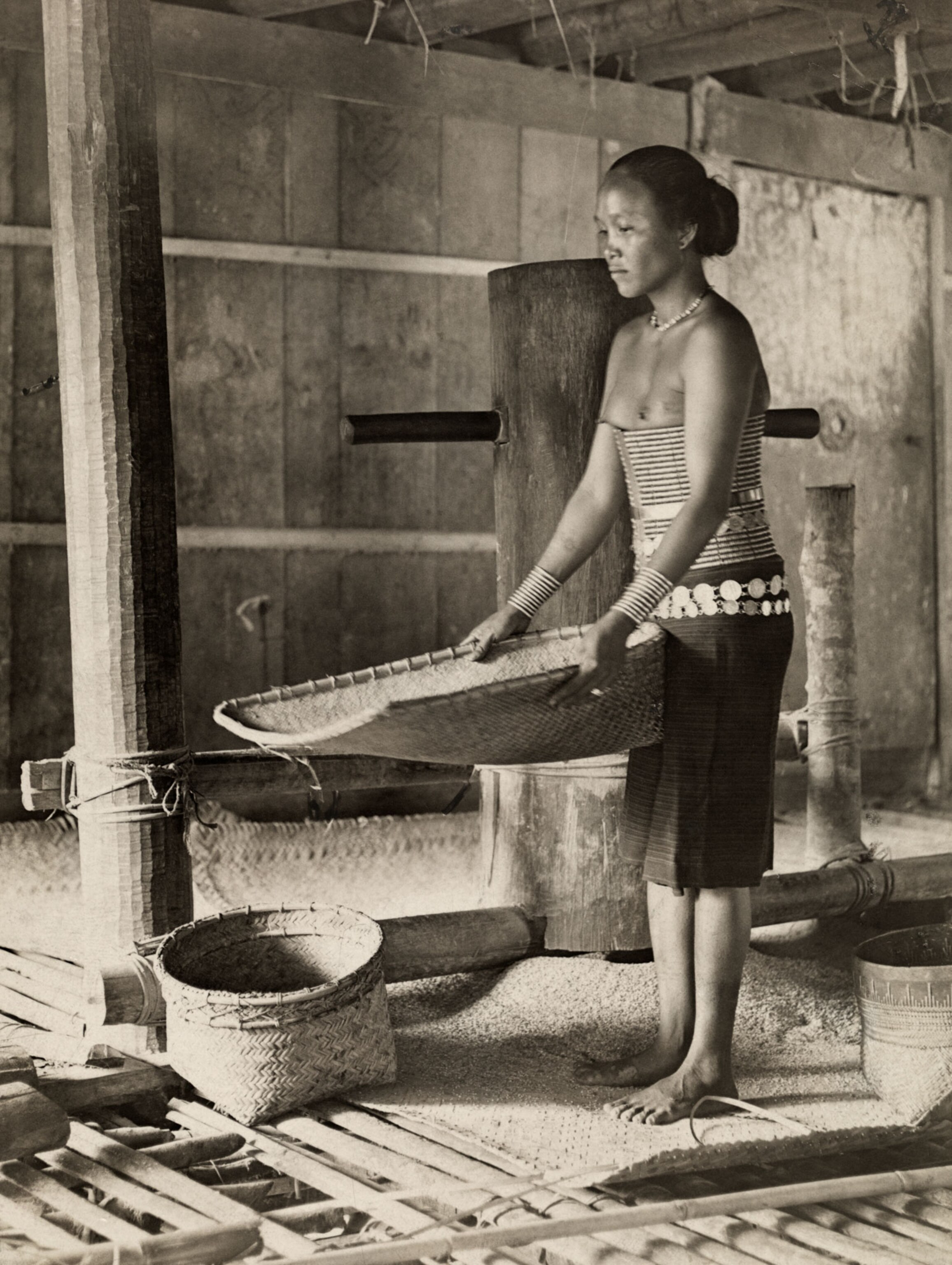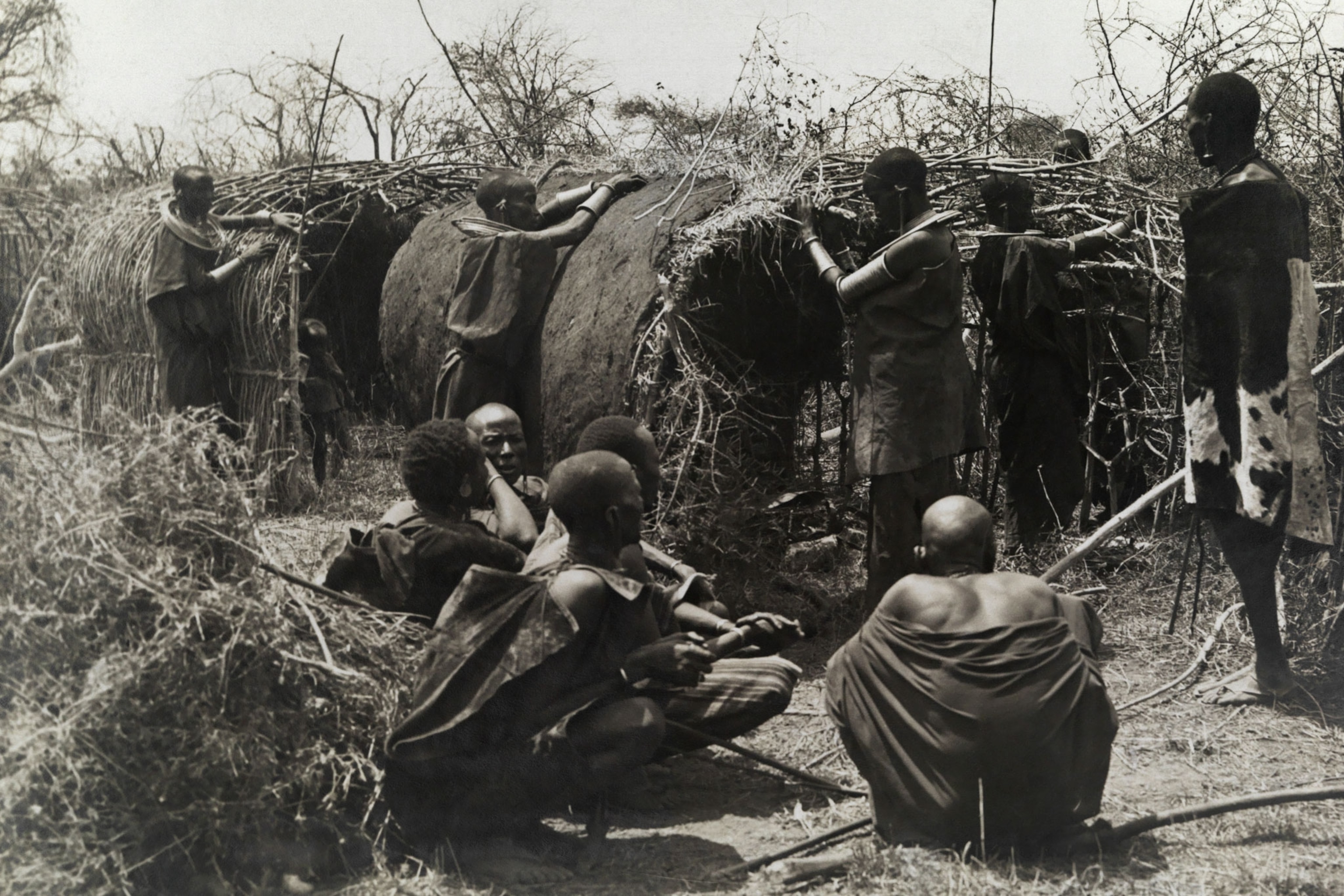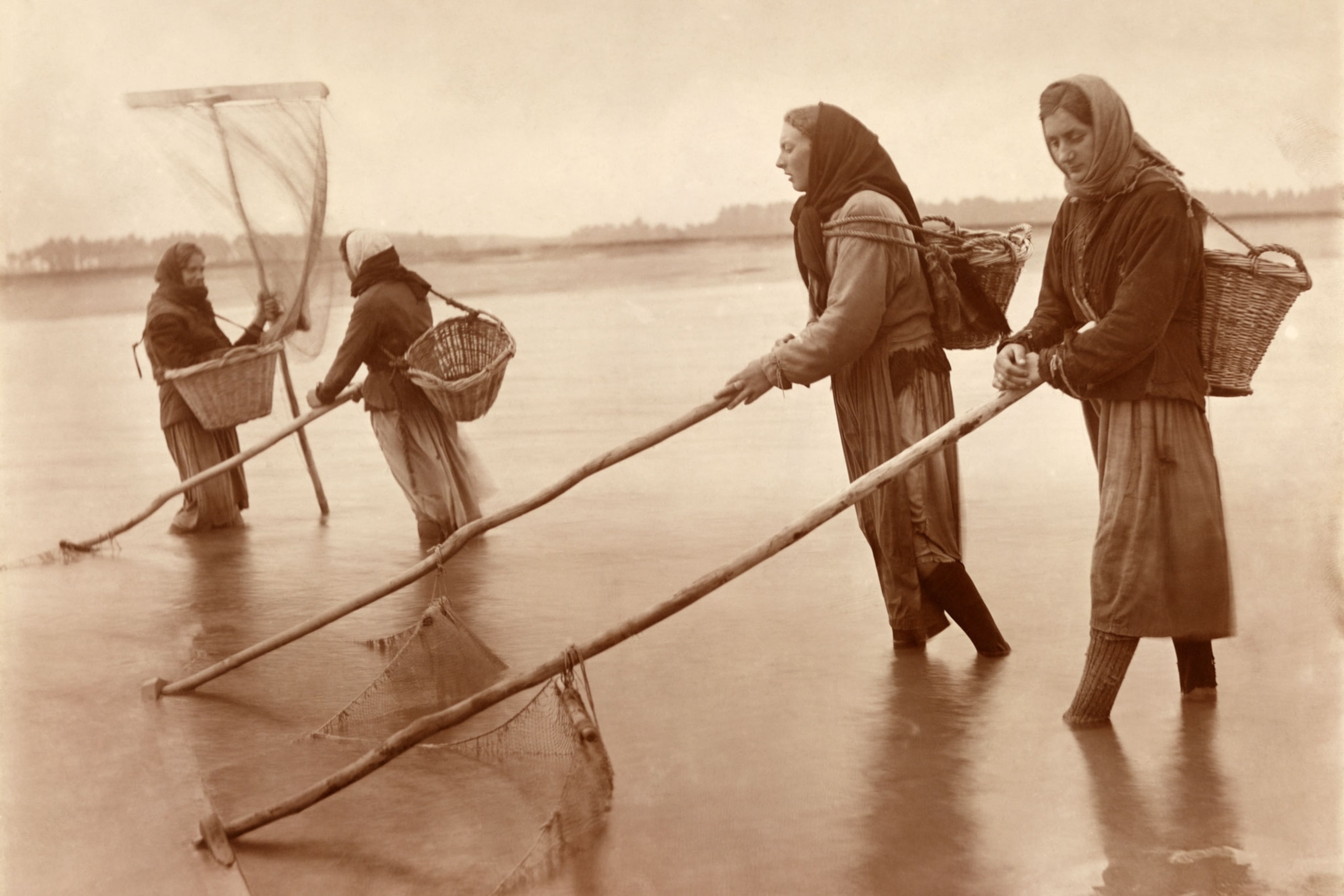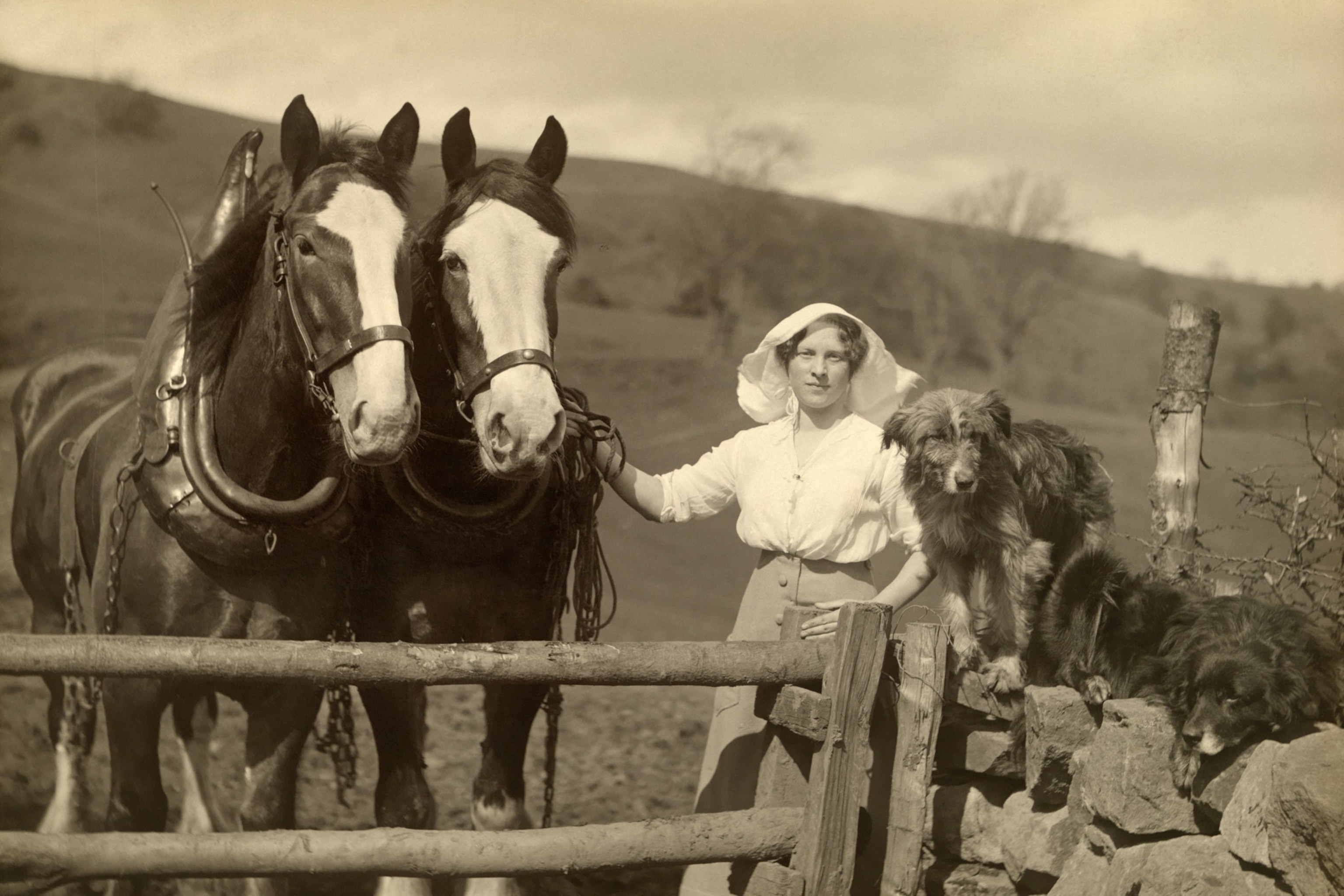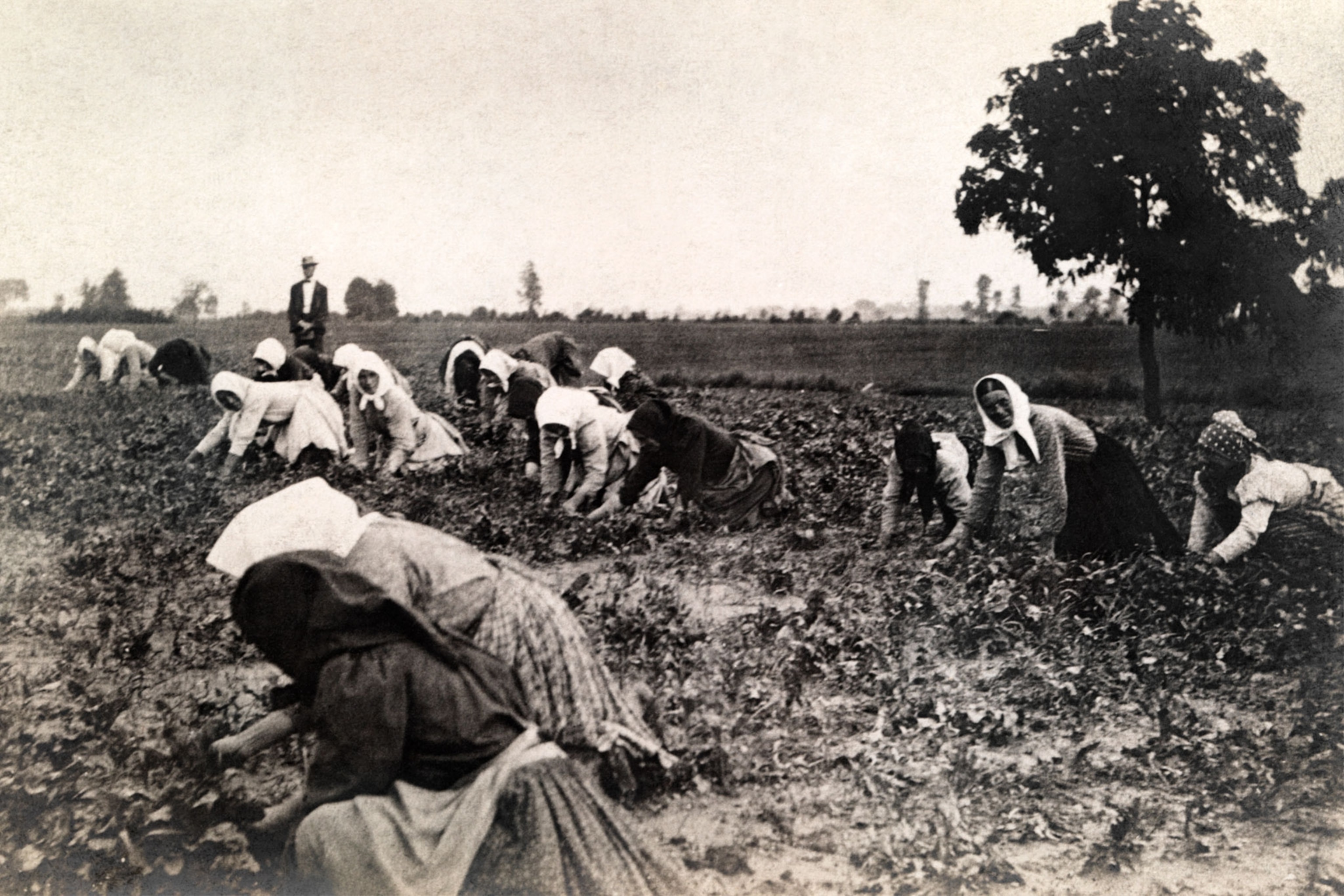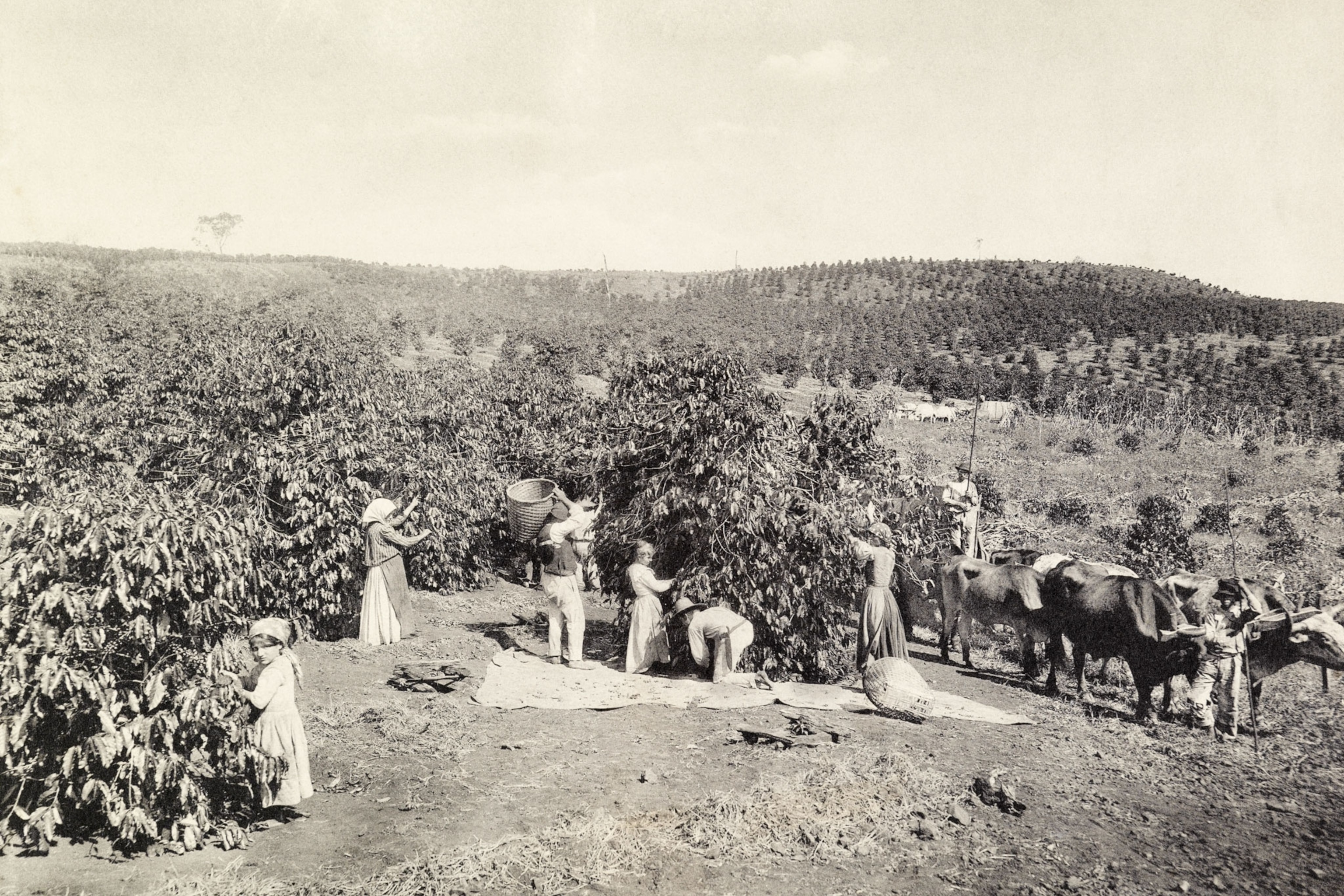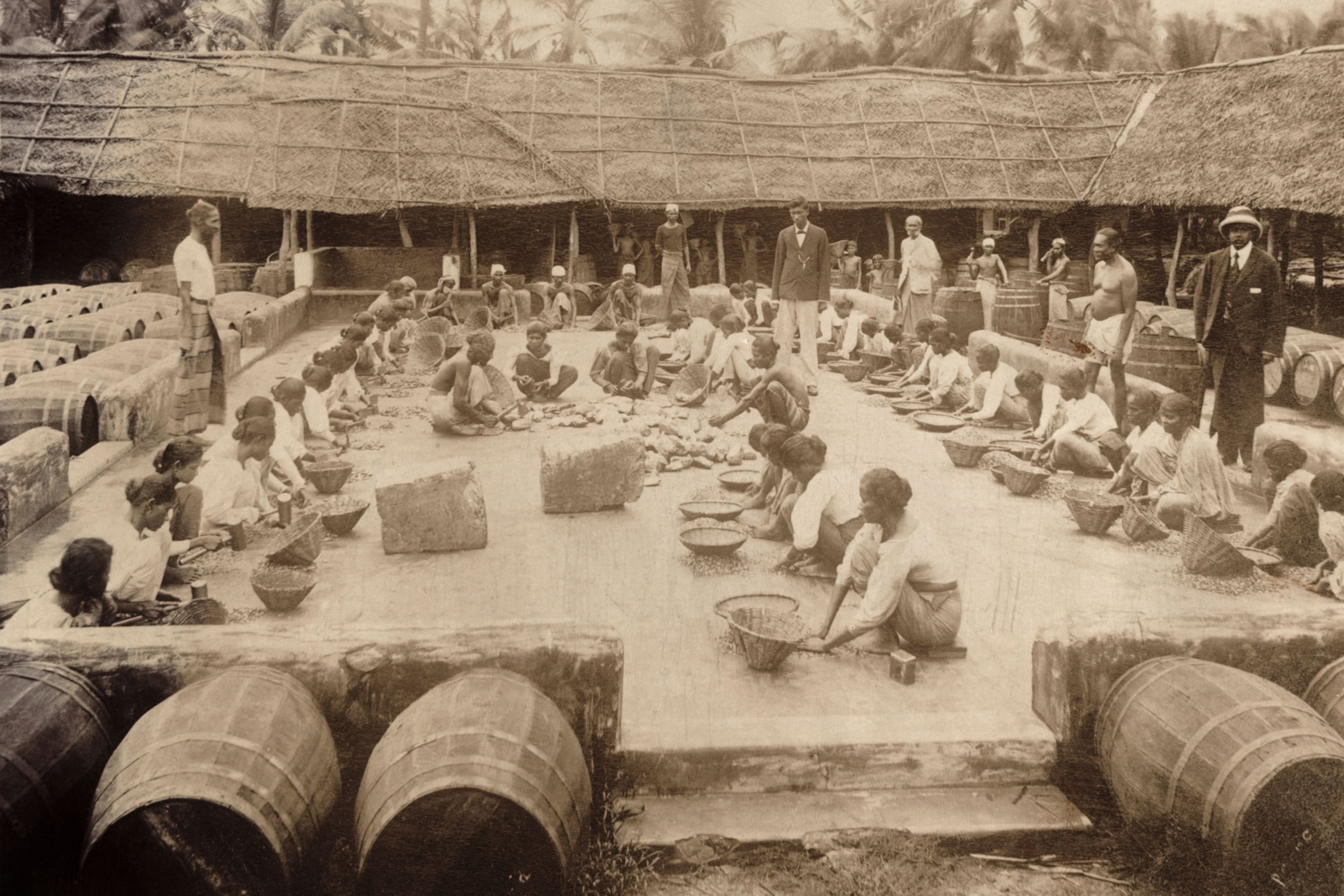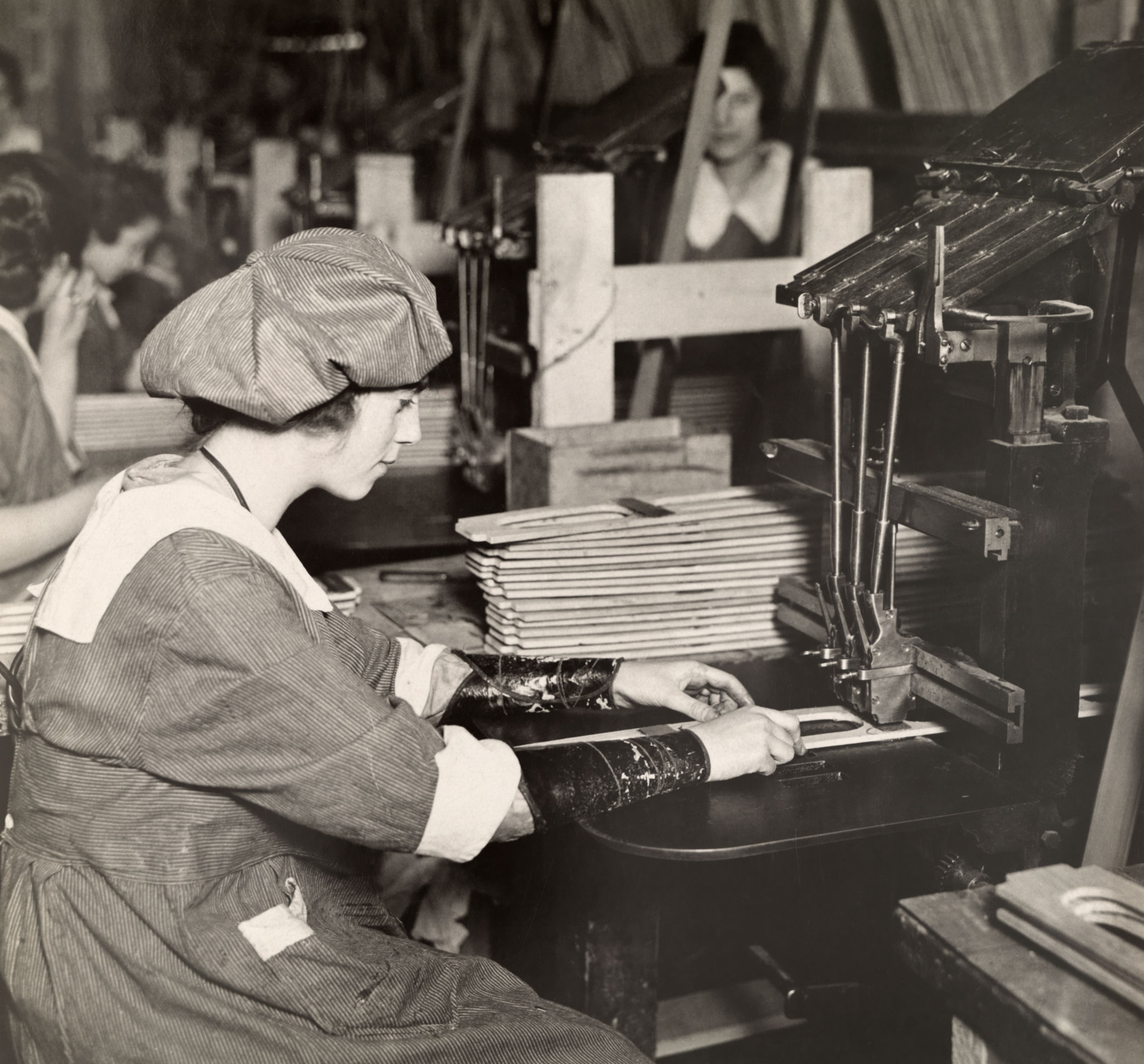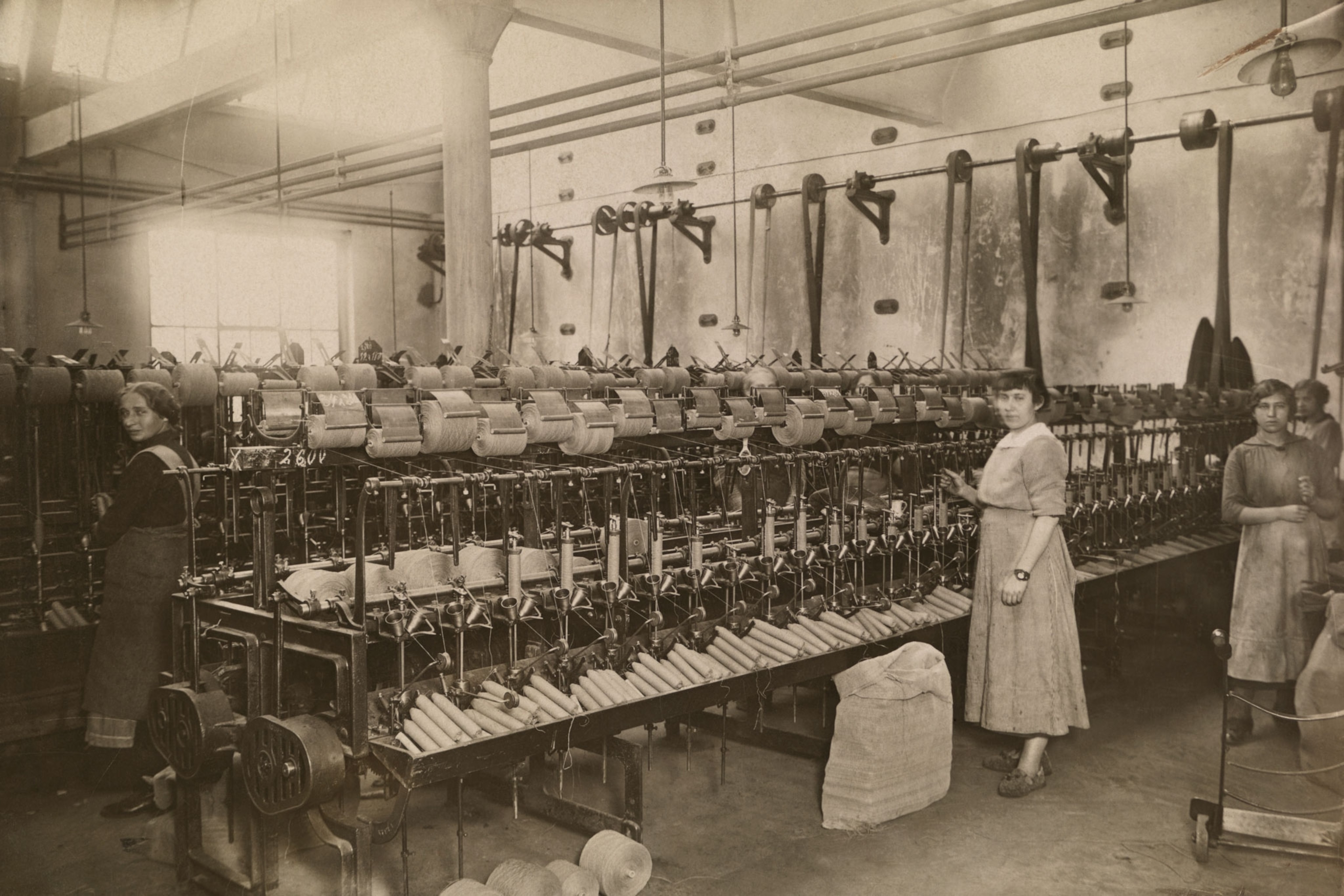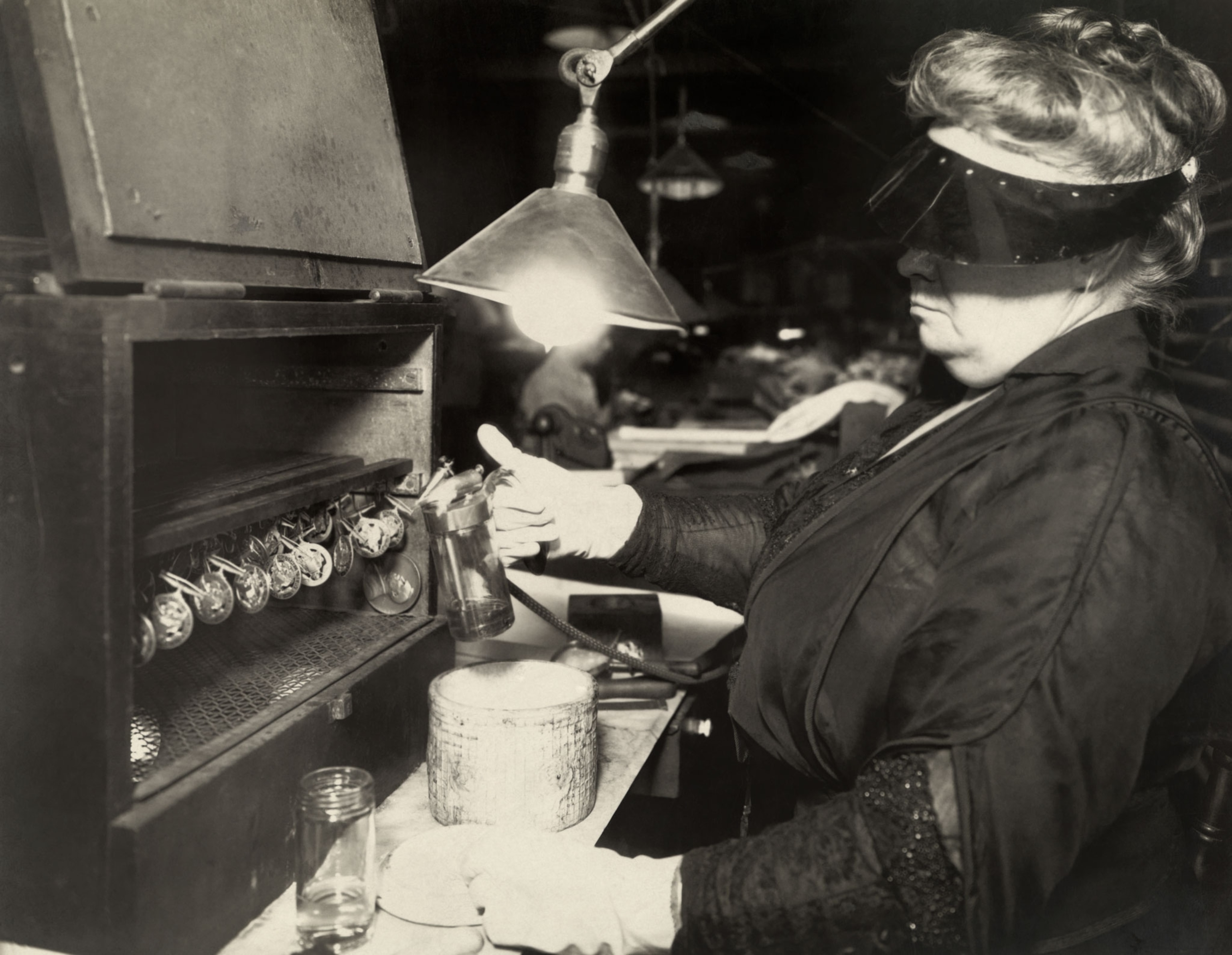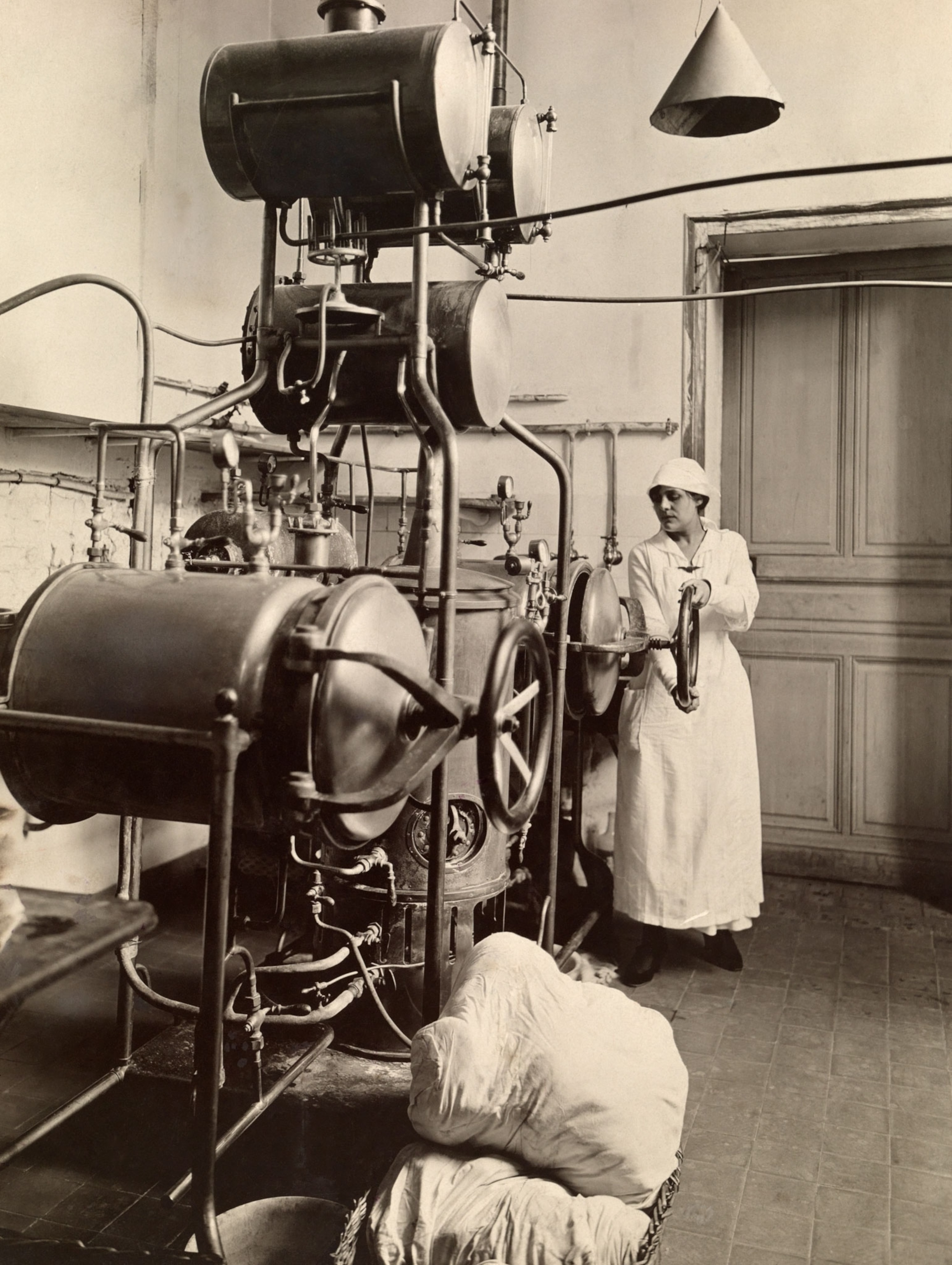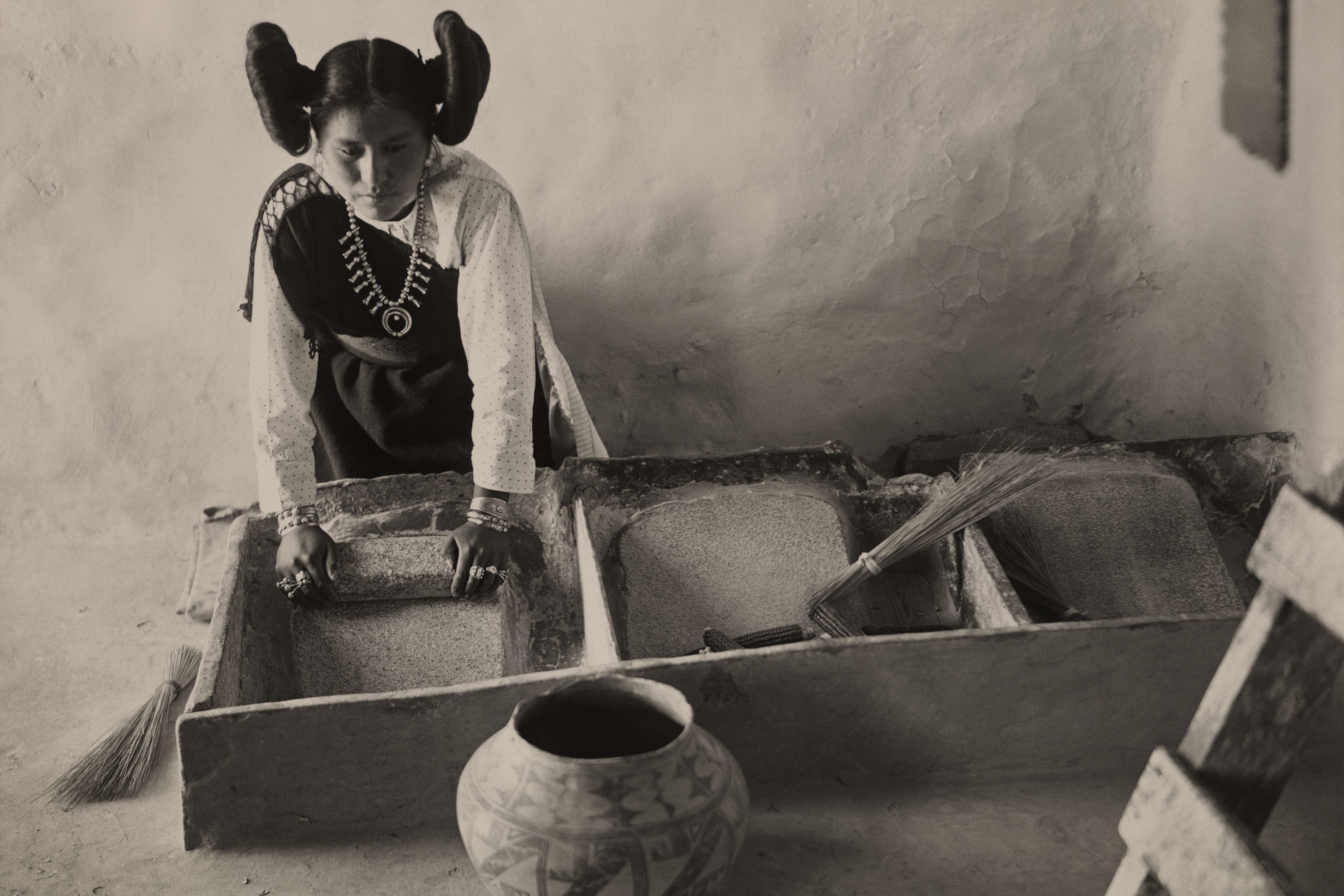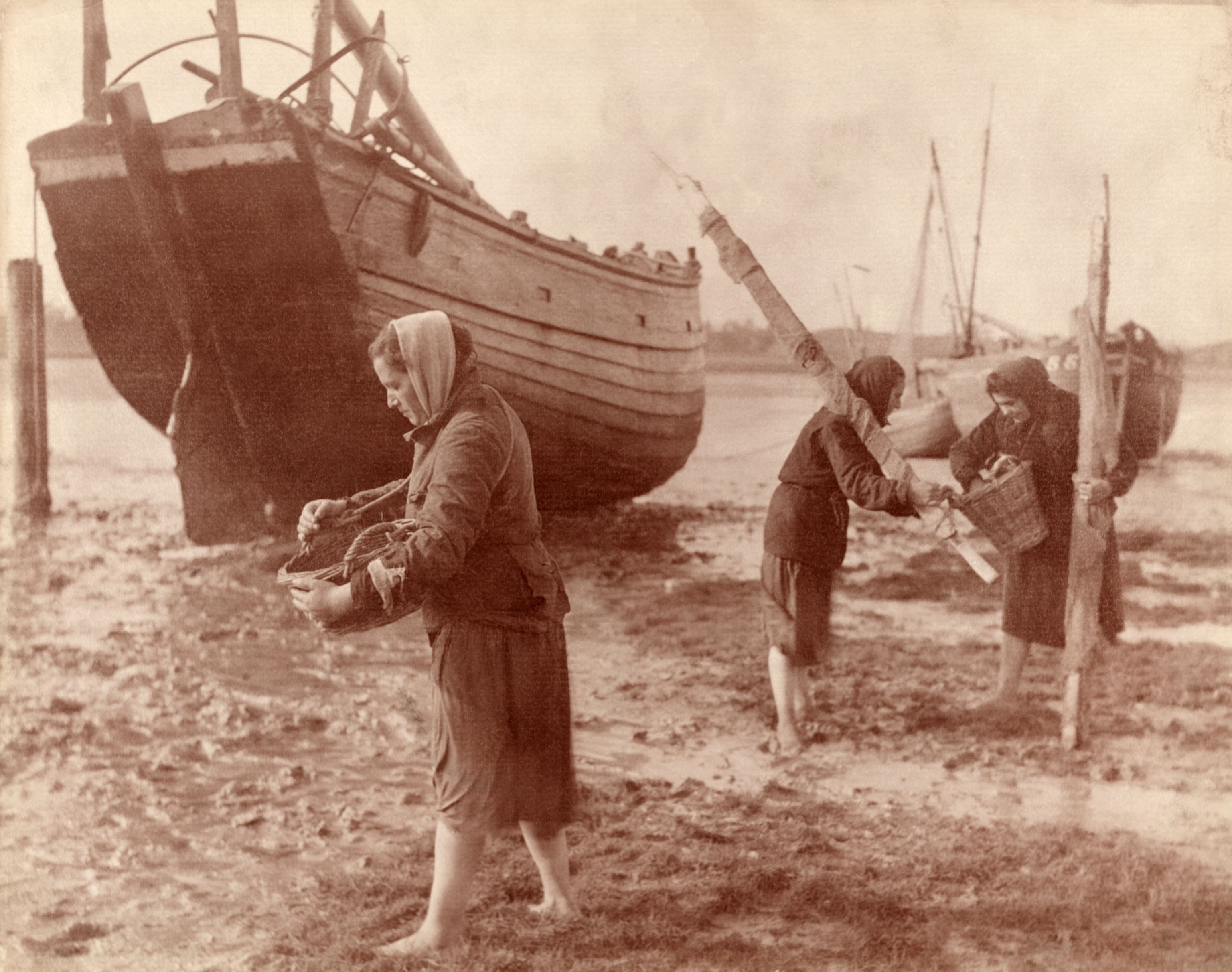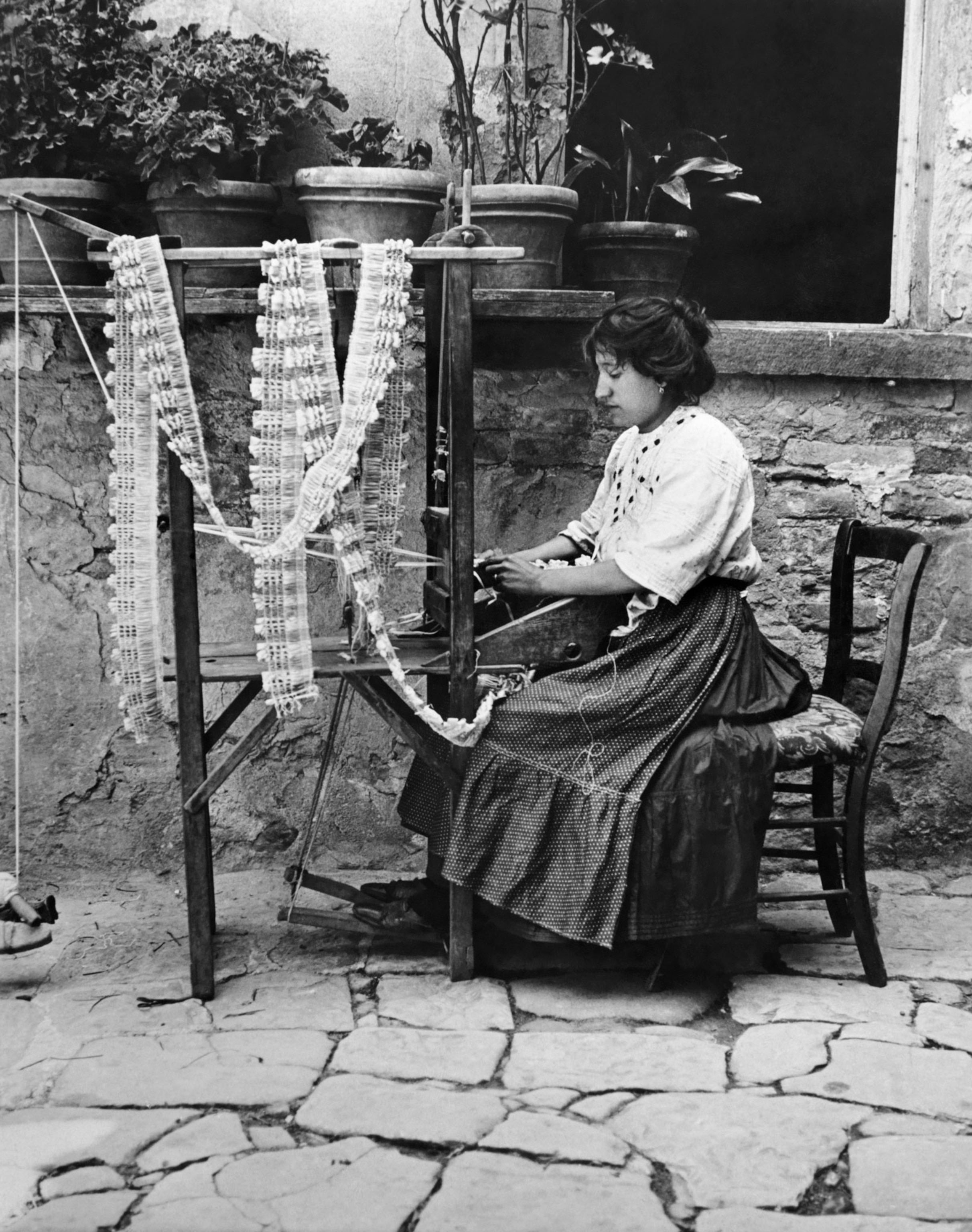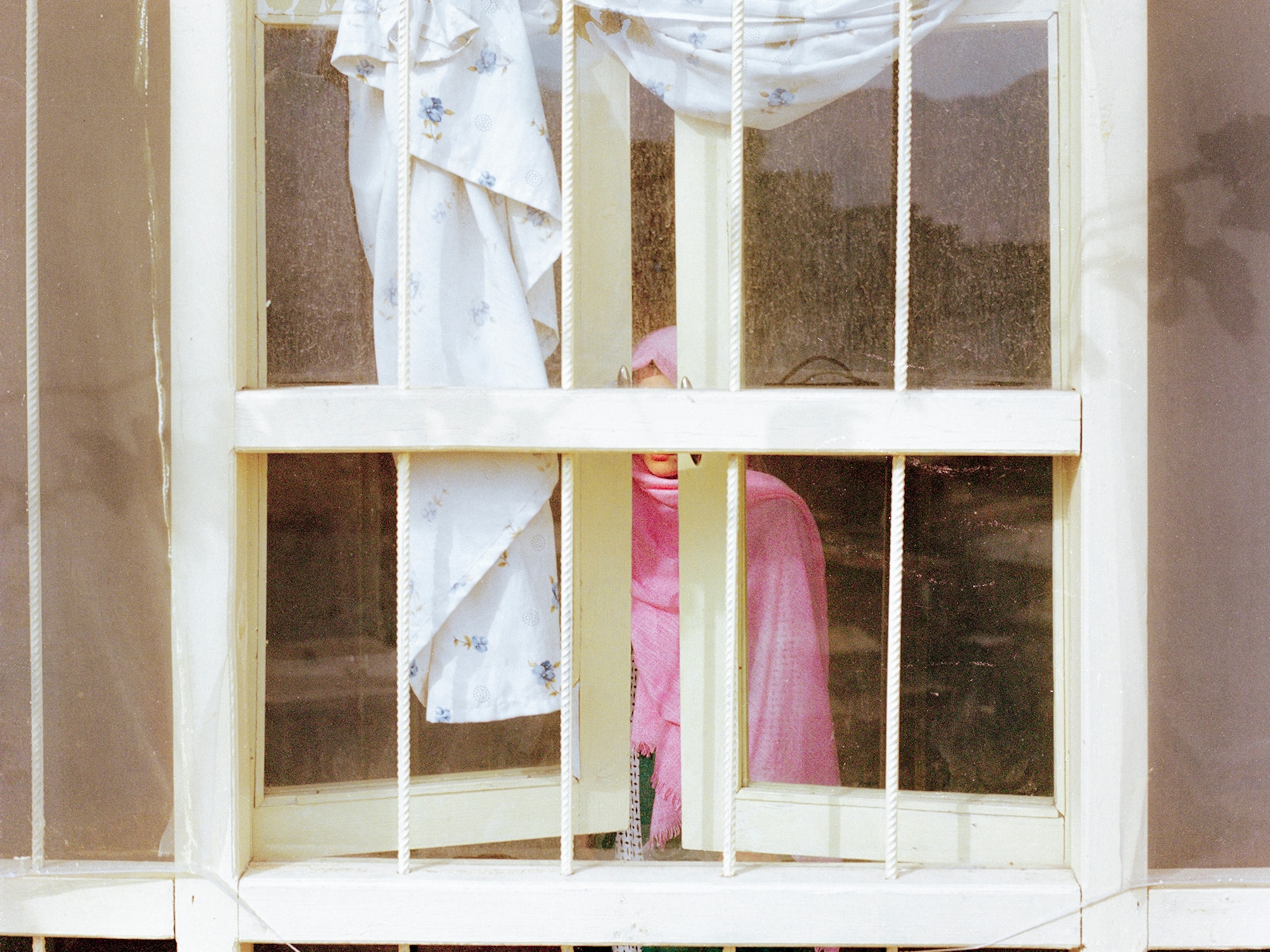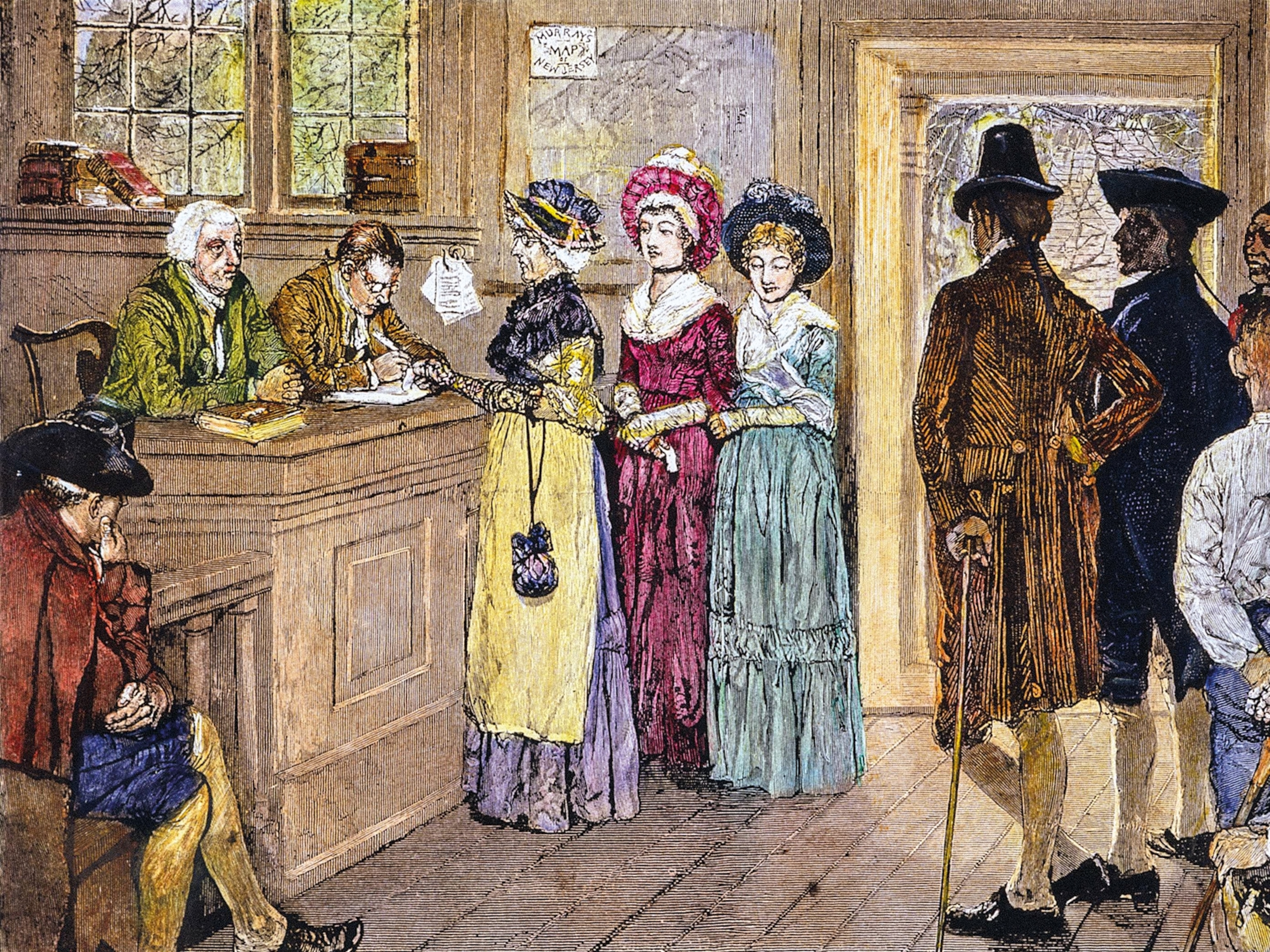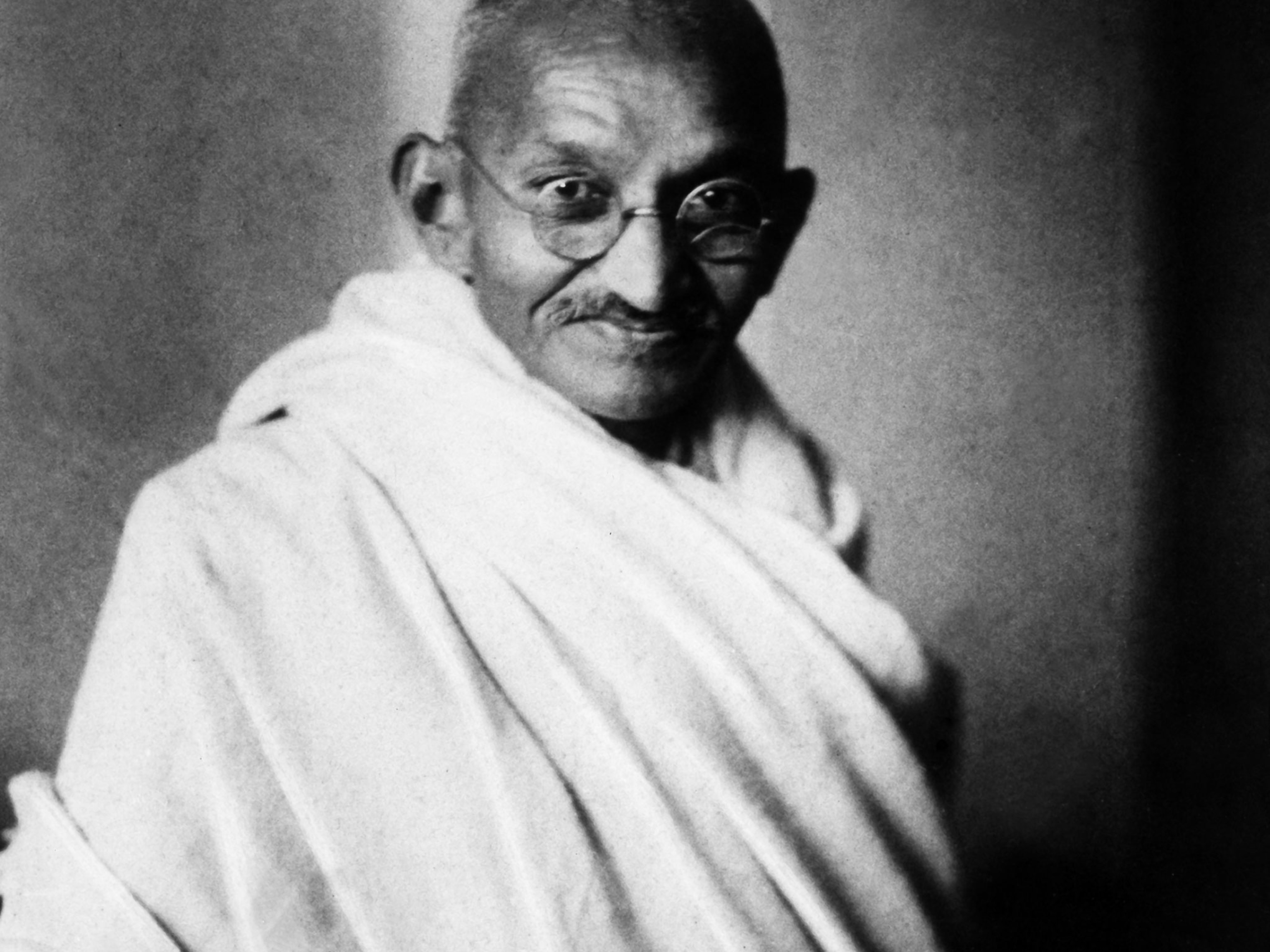Inspiring Vintage Photos of Women Working Around the World
In honor of Women's Equality Day, we reflect on the significance of women in the world's workforce—and their continued battle against discrimination and inequality.
Women have been taking on taxing roles in industry, agriculture, and at home for centuries, but over the late 1800s and early 1900s, technological advances and global conflicts pushed their labor into the public sector at an even greater rate. The Industrial Revolution turned on their backs, production in fields around the globe continued to depend on their work, and war efforts were supported by their home-country labor. Though their impact on the workforce—both in and out of the home—has always been essential, it has not always been supported by safe and equal treatment.
At the age of the Industrial Revolution, women across Europe and in the United States flocked from smaller-scale textile work into large-scale factories. They grew the industry and earned a wage, but conditions were often dangerous and harmful. Women worked 12 to 14 hours a day in improperly ventilated, dark, and hazardously hot or cold facilities. Meanwhile, women in other parts of the world continued to support agricultural efforts, where conditions weren’t any better and included equally long hours, extensive time in the hot sun, and backbreaking labor.
During World Wars I and II, women’s participation in the workforce shifted again. War efforts pushed women in many countries, including the United States and the United Kingdom, into roles that had traditionally been filled by men. As men went overseas, many women worked as machine operators, assemblers, and inspectors. Others took jobs as waitresses, cooks, hospital attendants, and cleaning staff. Still, their increased involvement did not translate into equal treatment. During World War II, women were often excluded from management positions and frequently paid half to two-thirds the wages men earned for the same work.
This type of wage discrimination—along with a variety of barriers for growth and inclusion—continues today. In the U.S., this wage gap between men and women is also influenced by race: White women earn an average of 82 cents for every dollar a white man earns, while black women earn 65 cents, Asian women earn 87 cents, and Hispanic women earn 58 cents—all according to a Pew Research Center analysis of 2015 data. Advocates of gender equality in the workplace continue to fight for equal pay, parental leave, and representation in higher ranks—and against discrimination and exclusion.
Despite the challenges, women continue to make up a significant portion of the global workforce—though not quite half. According to the Pew Research Center, women comprise at least 40 percent of the workforce in more than 80 countries. The five countries with the highest female participation across the globe are in sub-Saharan Africa, while women account for 46.8 percent of the labor force in the U.S. and around 45 percent in most European Union nations.
On August 26, the United States celebrates Women’s Equality Day—a moment created to commemorate the passage of the 19th Amendment, granting women the right to vote, and to call attention to continuing gender equality efforts. In honor of the day, we’ve compiled these incredible photos from the National Geographic archives showing women at work across the world.

